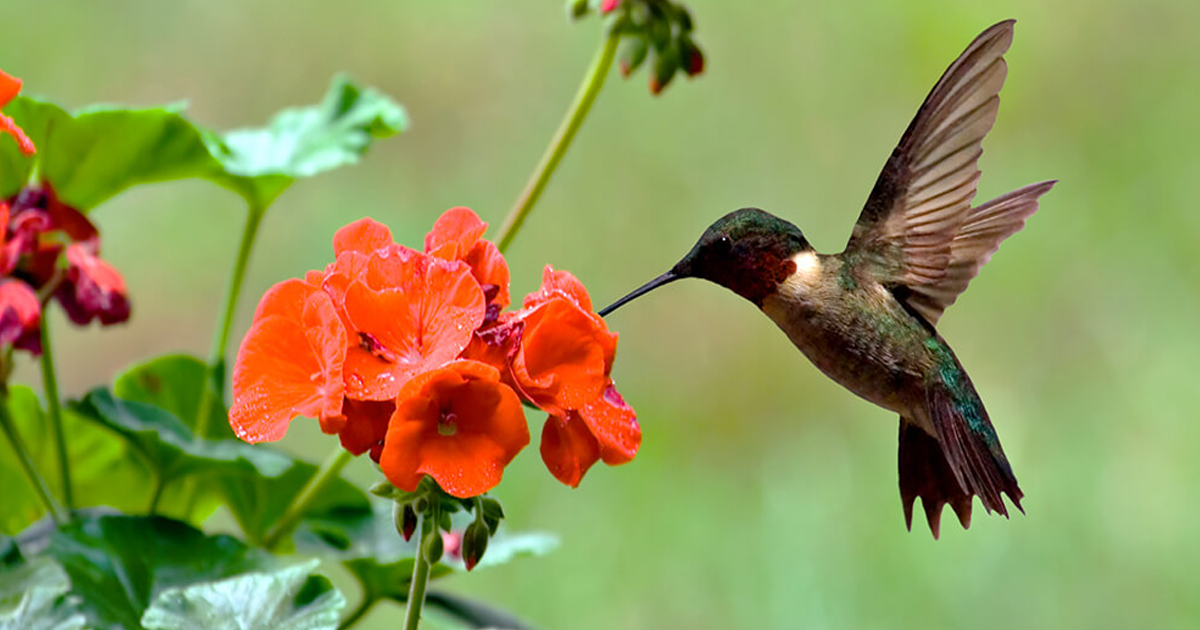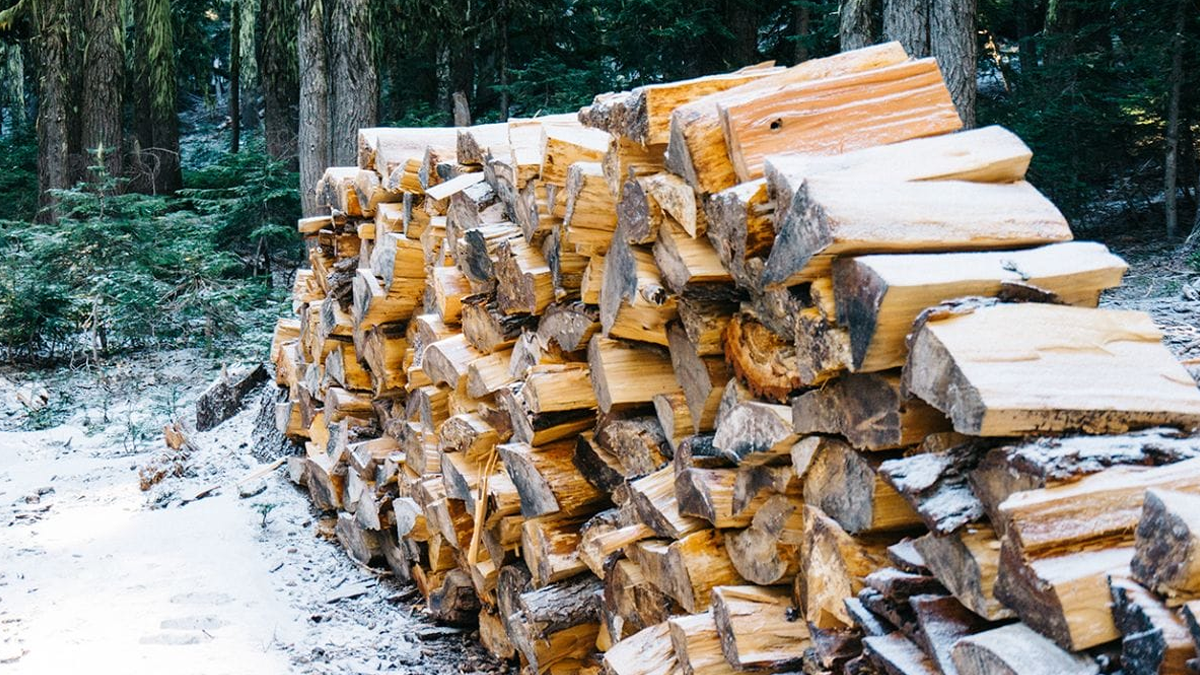
Perhaps first thought of are bees, butterflies, and even bats; however, there is another, which often goes unrecognized: birds. It is a very important ecological interaction, and it is one that, in certain parts of the world, might be integral. This paper considers the fascinating world of bird pollinators and unique flowers, along with the importance this holds for ecosystems.
The Potential of Birds as Pollinators
The role of birds is important in many cases, particularly in those ecosystems where other pollinators may be ineffective. Not as renowned for their role in regard to pollination as insects are, birds are nevertheless vital for the successful reproduction of a large number of plants—mostly in the tropics and subtropics. The most famous are the hummingbirds of the Americas, the sunbirds of Africa and Asia, and the honeyeaters of Australia and the South Pacific.
It is for this reason that they have evolved different adaptations that help them become good pollinators. The long, thin beak and specialized tongue of hummingbirds are well adapted to reach deep into flowers for nectar. In the process, the beak or tongue of this bird comes in contact with reproductive organs of the flower, picking up pollen to transfer to other blooms.
Characteristics of Bird-Pollinated Flowers
The flowers pollinated by birds—the ornithophilous—are adapted to attract their avian partners. Bird-pollinated flowers commonly show a variety of characteristic features that distinguish them from insect-pollinated flowers:
1. Bright Colors:
Birds have a strong attraction to bright colors, mainly along the red, orange, and yellow spectrum. Bird-pollinated flowers are less sensitive to ultraviolet patterns like those visited by insects. Thus, bright colors in the flowers will attract birds from great distances since they stand out in the landscape.
2. Tubular shape:
Most bird-pollinated flowers are tubular or trumpet-shaped, thus highly suiting their avian pollinators’ beaks. It makes feeding on nectar easier and also provides assurance that the head or beak of the bird will be in contact with the reproductive organs of the flower, thus aiding effective pollen transfer.
3. Ample Nectar:
The high-energy lifestyle requires that birds need large quantities of nectar. The amount of nectar produced by a bird-pollinated flower, as in most other flowers, is usually copious since it represents the reward to the bird and stimulates repeated visits.
4. Lack of Scent:
Most bird-pollinated flowers have little to no fragrance; this is unlike most flowers, which are insect-pollinated and dependent on fragrance. This is because birds have a relatively poor sense of smell compared with insects, so bright colors and nectar are more effective attractants.
5. Structure:
Robust; most bird-pollinated flowers have strong structures that can hold the weight of their avian visitors. This is especially important for bigger birds, honeyeaters in particular, as they can land on the flower while feeding.
Examples of Bird-Pollinated Plants
Bird pollination occurs in many plant families and areas of the world. The following are examples of bird-pollinated plants around the world:
1. Fuchsia (Fuchsia spp.)—
Fuchsia flowers are native to Central and South America. Colors are mostly bright red, pink, and purple. Their shape is perfectly tubular, suitable for their main pollinators, hummingbirds.
2. Grevillea (Grevillea spp.):
These Australian natives are also pollinated by honeyeaters. Grevilleas have spicy, brush-shaped flowers with large amounts of nectar, thus offering great attraction to many bird species.
3. Coral Tree, Erythrina spp.:
Coral trees are indigenous to both the tropical and subtropical regions, blooming in bright red, bell-shaped, and tubular. These flowers are particularly preferred by sunbirds and hummingbirds for their nectar.
4. Flame Lily, Lilium bulbiferum:
Flame lilies are native to Europe and parts of Asia. They bear bright orange-red colored flowers. While they are mainly insect-pollinated, they also happen to be bird-pollinated in parts.
5. Kōwhai (Sophora spp.):
This tree is endemic to New Zealand and is pollinated by the tūī and bellbird — two of that country’s iconic nectar-feeding birds. The bright yellow flowers of the kōwhai are but one of many striking illustrations of a bird-pollinated plant.
The Ecological Significance of Bird Pollination
This is not only interesting but very important from the ecological point of view: in some ecosystems, birds are important pollinators that contribute to the reproductive success of many plant species. These plants, in turn, support a variety of other organisms dependent on them for nourishment, cover, and other resource materials.
This relationship may also become very specialized, particularly when the birds are the main pollinating agents. There exist plants that have evolved to the extent that they are nearly dependent on a specific species of bird for their successful pollination. This mutualistic relationship shows just how delicate the balance is within ecosystems and the potential consequences of disrupting these interactions.
For instance, some types of birds, whether through habitat loss or climatic change, among other factors, can attain a cascading impact on the plants that rely on them for pollination. This could reduce diversity in the plant population, which will have an impact on other wildlife that relies on such plants.
Conservation Implications
The conservation of plant species depending on birds for pollination and their bird pollinators is important to biodiversity. This will be guaranteed through protection of the habitats—the forests, wetlands, and meadows—that carry the bird pollinators. Such efforts of conservation should target the natural behaviors of these birds and give them access to the nectar sources important for survival.
Moreover, creating awareness about the role of birds as pollinators could increase awareness regarding conservation programs. Knowing the crucial role that birds play in maintaining healthy ecosystems will no doubt provide more incentive for people to fight for their protection and conservation, along with their habitats.
Conclusion
It is a very good example of how much interrelation may exist in Nature. Even though they are not as popularly known as the insect-pollinated ones, the plants that are pollinated by birds are important for the existence of many plant species, especially in certain regions around the world. By knowing what role bird-pollinated flowers and the birds which serve them play, we can appreciate how our ecosystems are intertwined and seriously need protection for further survival.







